A Hunger for Justice
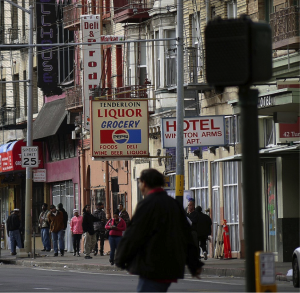
The Tenderloin in San Francisco is the only neighborhood in the city without a grocery store. Source: Dave Glass
BY JULIA MORREALE | October 22, 2014
Sunny California has gotten a little too sunny lately – this month, the Golden State has entered its fourth consecutive year of drought.
The drought in California impacts populations at home and abroad. As the nation’s biggest agricultural state by value, according to a UC Davis study on agricultural issues, California’s farming future faces uncertainty in the midst of this record-breaking drought. With no sign of rain, farmers are forced to change their crops, devise intricate and expensive irrigation systems, and rethink their way of life. Some farmers have even abandoned their crops all together, leaving acres of land unplanted and empty out of desperation. California is the top producer for dairy and grows most of the country’s nuts, fruits, and vegetables – without water, farmers cannot grow the produce that meets nutritional needs across the United States and abroad. The same UC Davis study puts California as the 9th largest agricultural economy in the world, comparable to countries like Canada and Mexico. California’s agricultural economy is so large that prices for goods like almonds, milk, cotton, and cherries will rise throughout the world, affecting the global market.
According to the U.S. drought monitor, 82 percent of California is experiencing extreme drought, leaving families and homeowners with little or no water. The drought has had the biggest impact among small rural communities that are rapidly running out of water, financial resources, and long-term solutions. Vulnerable communities can’t afford to purchase cases of water every day, buy paper plates to avoid washing dishes, pay for fast-food instead of cooking with washed fruits and vegetables, or to wash their clothes at local laundromats. And yet, there’s no other choice – families can’t afford to leave and move to areas with better access to water.
But there’s a lesser known “drought” impacting about one million Californians: food deserts cut off from healthy resources.
As defined by the USDA, food deserts are “urban neighborhoods and rural towns without ready access to fresh, healthy, and affordable food” and that qualify as low-income and low-access communities. These areas are stretches of streets that are just as hostile for human life, lacking convenient access to fresh food. Newsone reports that 85 percent of California’s food deserts are located in urban areas, where the only sources of food come from fast-food chains, convenience stores, and liquor stores. The absence of fresh food isn’t a new issue for neighborhoods from the Bay to L.A. WhyHunger, a grassroots movement working with community-based organizations to eradicate hunger and poverty, points to the transition to industrial growth over the last forty years as the catalyst for food deserts. Jobs loss stemming from this growth reduced the purchasing power of urban residents to financially support local grocery stores and chains. Healthy options were out of reach and just couldn’t match the low cost of unhealthy alternatives. And like the farmers facing California’s drought, grocery stores in urban areas could not provide the produce that people need – as a result, fresh food runs dry.
Those living in food deserts face similar financial challenges as those in rural communities. Unable to afford moving out of their neighborhoods, residents of urban food deserts in California must travel miles to the nearest grocery store to face price hikes for fruits and vegetables; and with gas prices over the national average, traveling long distances to access grocery stores can be a costly trip. And with processed foods being the most convenient choice, stores that sell processed foods have increased the risk of diabetes, heart disease, liver damage, and stroke. Just like the drought, the impact of food deserts extends beyond California. The U.S. Department of Agriculture reports that around 23.5 million Americans live in food deserts, with numbers highest in cities like New Orleans, Chicago, Detroit, Atlanta, Memphis, Minneapolis, New York, Camden, and San Francisco.
Limited options in food desert cannot result in limited action. Matthew 25:35 reminds us that when we feed the hungry, we feed Jesus as well; whatever we do for the least of our brothers and sisters, we do for the greater glory of God. Working in solidarity with grassroots movements and organizations, investigating alternative methods of produce production, and paying attention to upcoming policy changes and proposed laws this November are small steps to take to stomp out injustice. By being men and women for others, hope doesn’t have to be a mirage.
Julia joined the Ignatian Solidarity Network this fall as an intern focused on environmental justice. Julia is a Senior at the University of San Francisco, majoring in Politics with minors in Legal Studies, Philosophy, and Italian. During her Sophomore year, Julia participated in the Erasmus Community, a year-long seminar exploring relationships between ethics, service and social justice, culminating in a two-week immersion to marginalized communities in Thailand and Cambodia. Last April, Julia traveled to the Appalachian region with the Arrupe Justice Immersion Program to investigate the impacts of environmental exploitation on local, national, and global communities. Julia is a Resident Advisor and works with students to reduce waste in residence halls as an Eco Representative. She is a member of Phi Alpha Delta Law Fraternity and has interned for Food & Water Watch in San Francisco. Julia is from Los Angeles, CA. She’s glad you’re here!

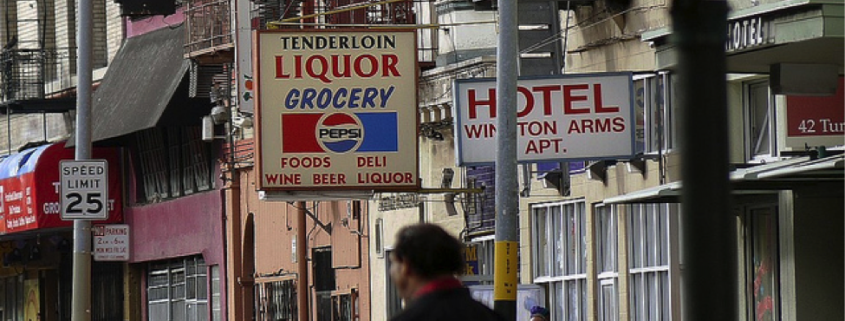
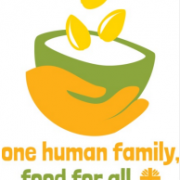
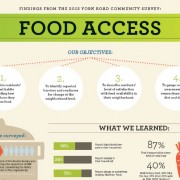

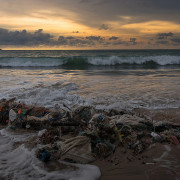

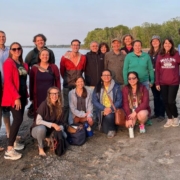



Leave a Reply
Want to join the discussion?Feel free to contribute!